At this point in our product management discovery process, we’ve done some customer interviews, collected pain points, and crafted some rudimentary personas. We’re making a lot of progress! We should now have an idea of what problems customers are having and understand their daily, weekly, and monthly tasks. Doing these things prepares us so well for our next step: defining the customers’ jobs to be done and putting them on a customer journey map.
Customer Jobs to be Done
Now, I’ve thrown around this term a lot; for more information, check out Clayton Christensen’s article in the Harvard Business Review as he originally coined it. Jobs to be done represent the tasks a customer is trying to complete. The idea here is that when we try to solve customers’ problems, we want to look at the tasks they’re trying to get done instead of how they get them done. We have to remember that the jobs we’re trying to get done don’t often change, if at all. However, the solutions we use to get those jobs done do change over time. This is why it’s crucial to understand all the jobs our customers are trying to get done before we brainstorm solution ideas.
How does a job to be done look?

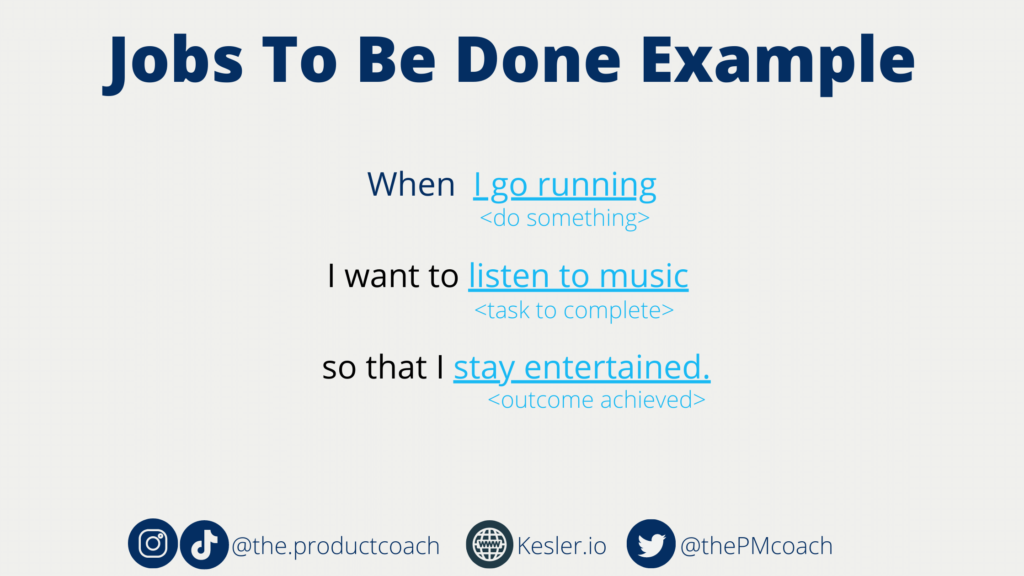
I tend to structure job statements like this:
When I <do something> I want to <task to complete> so that <outcome achieved>
This format might look similar to a user story. Although, user stories tend to focus more on a narrow task a customer is trying to complete utilizing your product. A job statement is a task a customer is trying to complete regardless of the product.
The customer journey map vs. the user journey map
The customer journey map is different from a typical user journey map. The customer journey is more about the jobs the customer is trying to get done regardless of the product. In contrast, the user journey is the user’s path through our product. Having both is incredibly important, and we’ll build a user journey map later when we get into the Vision/Strategy and Execution phases of this process. For now, we’ll focus on the customer journey.
The structure of the customer journey

When we are capturing data on the customer journey, I like to focus on six pieces:
- The jobs to be done
- Sub-tasks of those jobs
- Expectations/Goals
- Feelings
- Pains/Gains
- Products Used
The jobs to be done

The jobs area is where we’ll put out jobs statements and organize them by timing.
Example:
When I go running, I want to listen to music so that I stay entertained.
Sub-tasks

Sub-tasks might not necessarily be jobs, but they could be part of how we get the job done currently.
Example:
- Find my music device
- put in earbuds
- put shoes on
Expectations and goals

Expectations and goals are the bare minimum things needed to complete the job and be successful.
Example:
Have music playing consistently throughout my run.
Feelings

The feelings are how the customer feels as they’re completing the job. Knowing the feelings helps so much when we pick jobs to solve. For instance, if a customer feels intensely negative about doing a particular job, maybe we start trying to solve that job first.
Pains/Gains

Here we try to capture all the difficulties and benefits associated with the job.
Example:
Gains: no wires, good connection with a music device
Pains: Concerned about battery life and trust in wireless connection
Products used

Here we want to know all the products the customer currently uses to complete these jobs.
Example:
- Wireless earbuds
- Cushiony running shoes
- Mobile phone
Building the customer journey
I love to make this a team-based exercise. Having our trio (engineer, product manager, designer) collaborate by placing sticky notes all along the customer journey is not only fun. It leads to discoveries and jobs we may not have thought about on our own.
An empty customer journey map can seem daunting; don’t let it stop you. Remember, since we’re using sticky notes, we can painlessly move all of it around. For example, in the template I provided above, the first job I’ve laid out is “When I go running, I want to listen to music so that I stay entertained.” Perhaps this isn’t my first job. Maybe my first job is “when I go running, I need to stretch so that I don’t pull a muscle.” And before that, “when I go running, I need to find the motivation to actually exercise.” In this case, I’d simply move my first job over to the right a bit and add these sticky notes.
Conclusion
I didn’t mention that many assumptions will get brought up when we’re going through the customer journey mapping exercise. That’s okay! To make a quick note of this, mark these in a different color (I usually choose blue) and then bring these up when we go into validation and interview customers again. In the following article, I’ll discuss assumption mapping and provide more tools for this. For now, provide your email above to access my customer journey/persona Figjam (Figma) template (I’ll even give you the PDF version as well). See you next time!
References
Know your customers’ “Jobs to be done”. Harvard Business Review. (2021, December 3). Retrieved February 19, 2022, from https://hbr.org/2016/09/know-your-customers-jobs-to-be-done
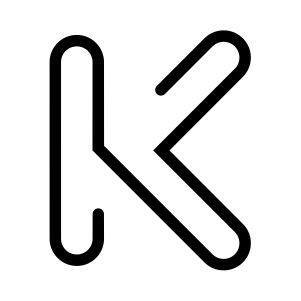
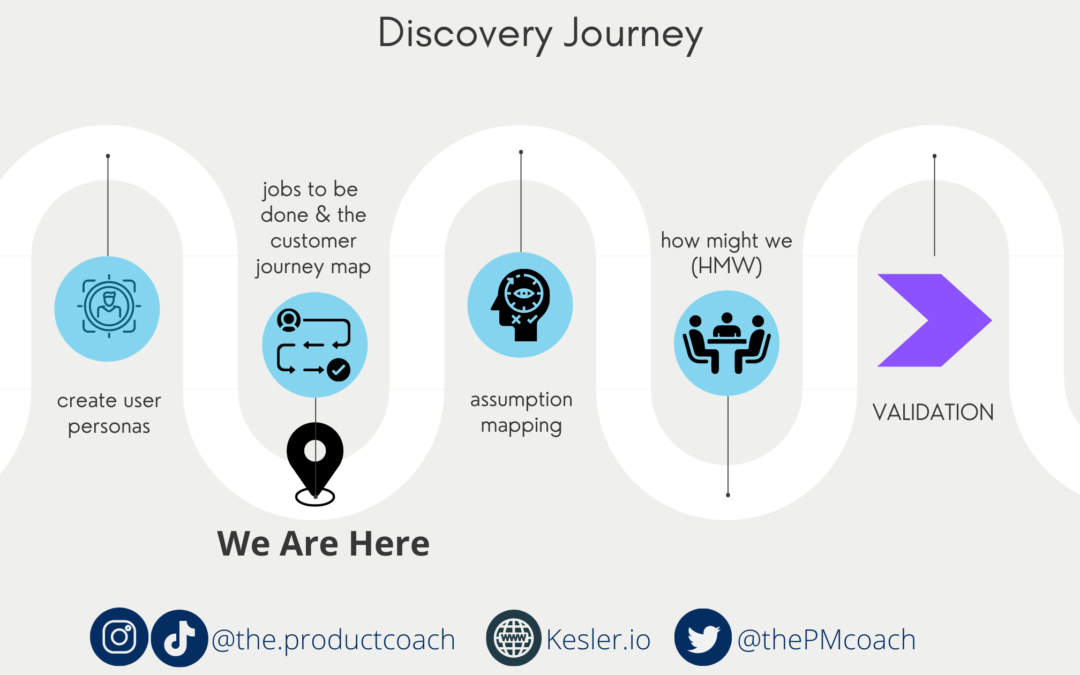
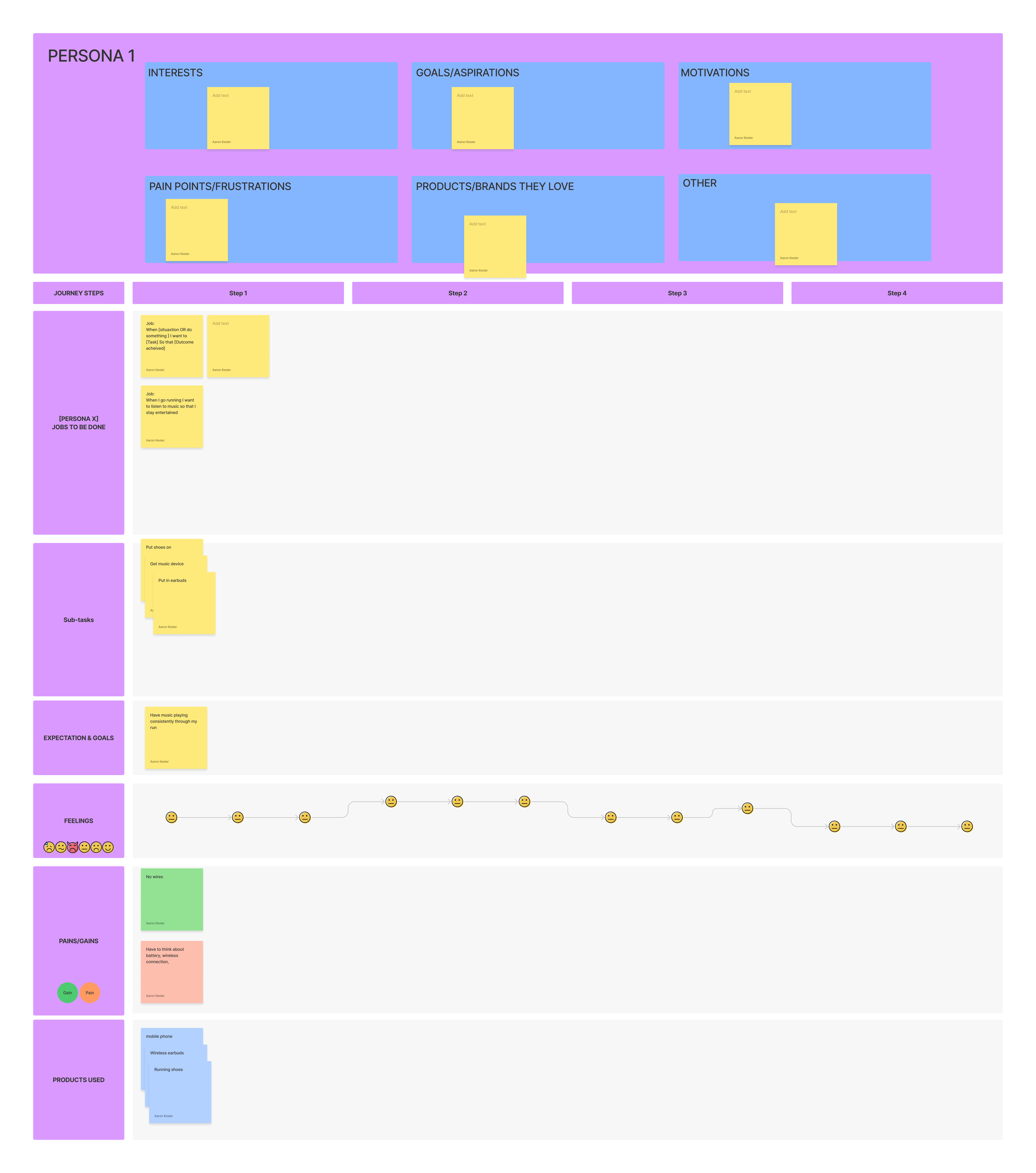
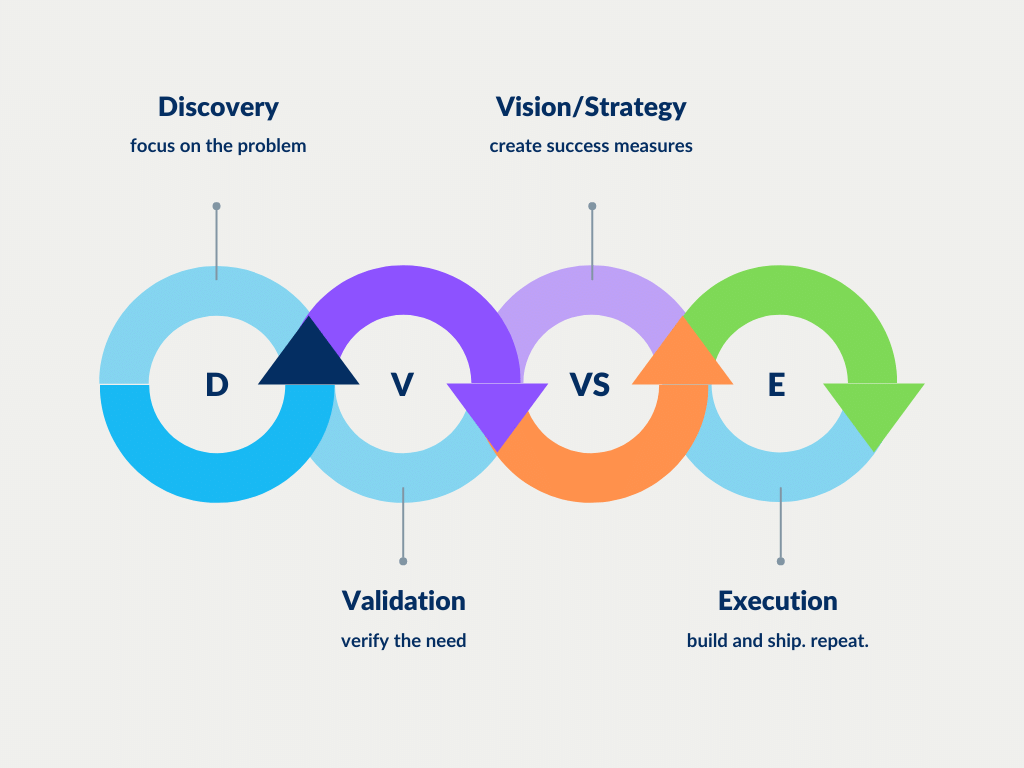
Recent Comments